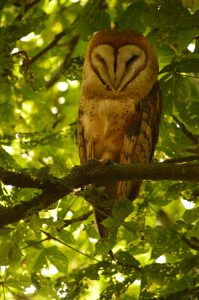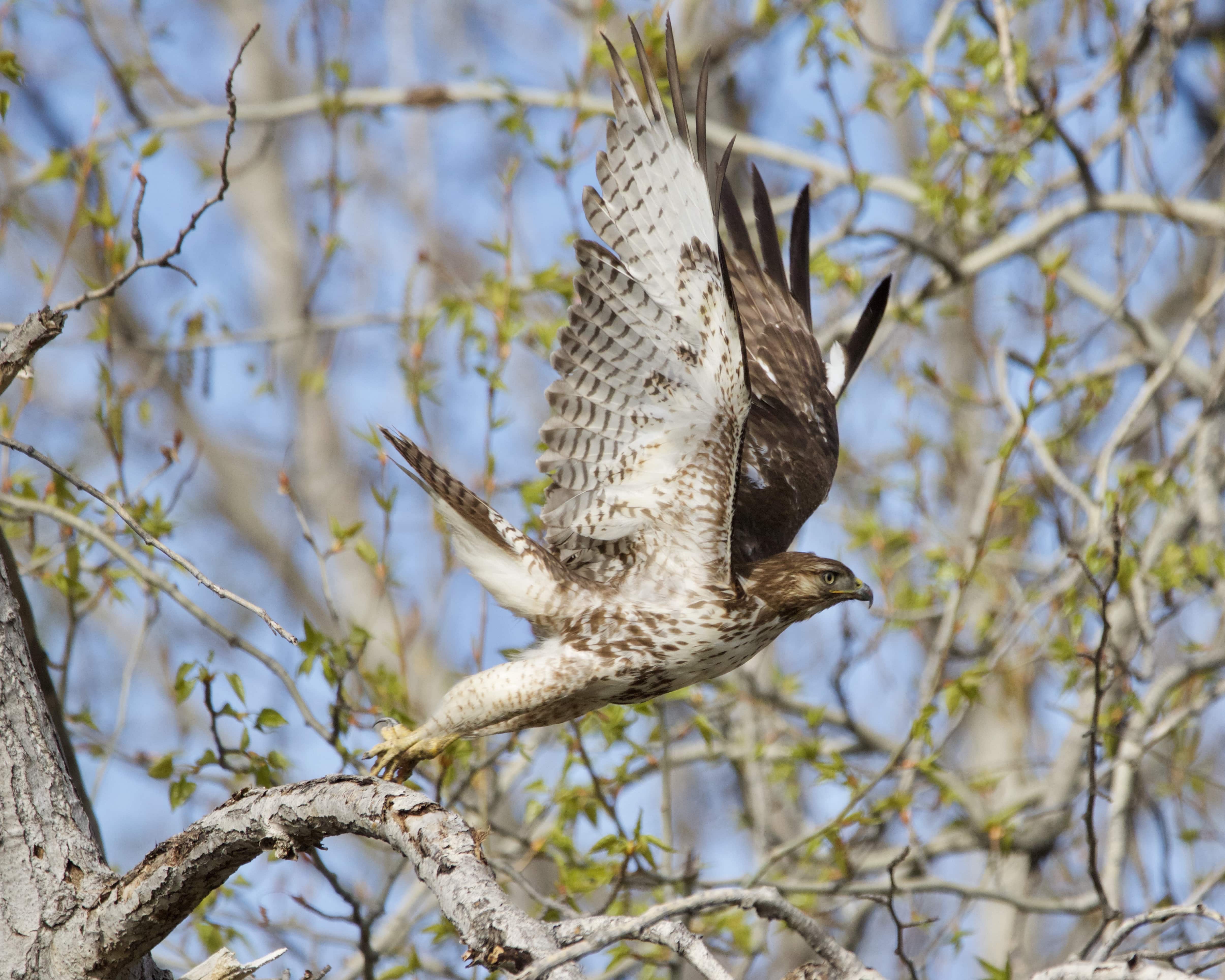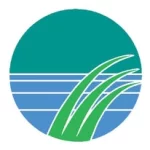HCTF is pleased to announce a new funding opportunity beginning in the 2026-27 grant year, “Raptors of the Fraser Valley Lowlands.” This opportunity stems from a collaboration between HCTF, the B.C. Ministry of Water, Land and Resource Stewardship, and the Hancock Wildlife Foundation.
HCTF has a long history of investing in projects that restore, conserve, or enhance fish and wildlife populations and habitats, including avian raptor populations at risk. This new fund will support prioritized activities that improve outcomes for raptors (eagles, hawks, falcons, owls, etc.) of the Fraser Valley Lowlands (FVL) of B.C. (Hope to Richmond/Delta). These outcomes include both direct and indirect improvements to populations or habitat for these birds.

Photo by Laura Thede
The Fraser Valley is recognized as one of the most ecologically significant areas in B.C. for raptor populations. Its unique geography, climate, and historic land use patterns have created ideal conditions for a wide variety of raptor species throughout the year. The habitat mosaic of wetlands, estuaries, riparian corridors, agricultural fields, and forested areas supports foraging, nesting, and roosting for over 20 species of raptors.
Updated October 28, 2025
Priority outcomes for the new fund are to focus on those species and habitats most at risk that represent the unique characteristics of the Fraser Valley Lowlands and prioritize those species that serve as ‘umbrellas’ where their conservation indirectly protects many other species that share their habitat. The three major goals of the fund are:
- Protect and/or restore lowland grasslands, agricultural areas and wetlands for raptor breeding and/or foraging in the FVL;
- Improve our understanding of the use and dependence by FVL raptors of remaining lowland grasslands, agricultural areas and wetlands for breeding and foraging to support their protection; and,
- Establish clear, flexible and realistic raptor breeding and foraging habitat supply objectives for the FVL to drive and inform their protection.
HCTF will consider project proposals aligned with the above priority outcomes along with the following recommendations:
- The first year of this funding grant should focus on initiating small projects (potentially suitable for HCTF seed grants or small Fish & Wildlife Grants). These projects should include literature reviews and/or data mining to develop a current status of breeding and feeding habitat requirements and condition, pulling together appropriate landcover data for habitat mapping, and assessing gaps in current knowledge and practices.
- An initial focal species list includes Short-eared Owl, Northern Harrier, Snowy Owl, Barn Owl, and American Kestrel.
- Findings from these scoping projects will guide multi-year project proposals such as collaborative conservation actions to protect, enhance, and restore lowland grasslands, agricultural areas and wetlands in the Fraser Valley Lowlands; and, where necessary, implementing applied research, habitat modeling, and communication efforts to support direct conservation actions.
The approximate geographic extent of this initiative is represented by the yellow polygon on the image below:

Applicants should use the Word worksheet provided on the HCTF Resources tab to draft the application(s) prior to transferring text (via cut-and-paste) over to the Survey Apply online application form.

Photo by Allan Farrant
Applying for Funding
This funding is currently available under HCTF’s existing Fish & Wildlife granting program, which is now open receive proposals until November 7, 2025, at 4:30pm (PST). To apply under the current intake, review the guidance document and additional information on the Apply tab. If you believe that your project would be a good fit for this funding, please add the acronym “FVL” at the beginning of your project title in your Survey Apply application.
We will provide additional guidance in 2026 if the funding expands to other programs, such as Action Grants or scholarships.
This will be a long-term program with available funding for at least the next 5 years, so applicants are welcome to submit multi-year proposals (note: the maximum duration of a continuing Fish & Wildlife proposal is 3 years). It is estimated that approximately $200,000 will be available each year. There is no minimum or maximum amount that one project can apply for, but the intention is to fund multiple projects per year, so applicants are encouraged to budget accordingly. There is no leveraging (match-funding) requirement, but additional partnership or in-kind funding will be viewed as a strength to an application.
Please direct any project-related inquiries to grants@hctf.ca for further assistance.







